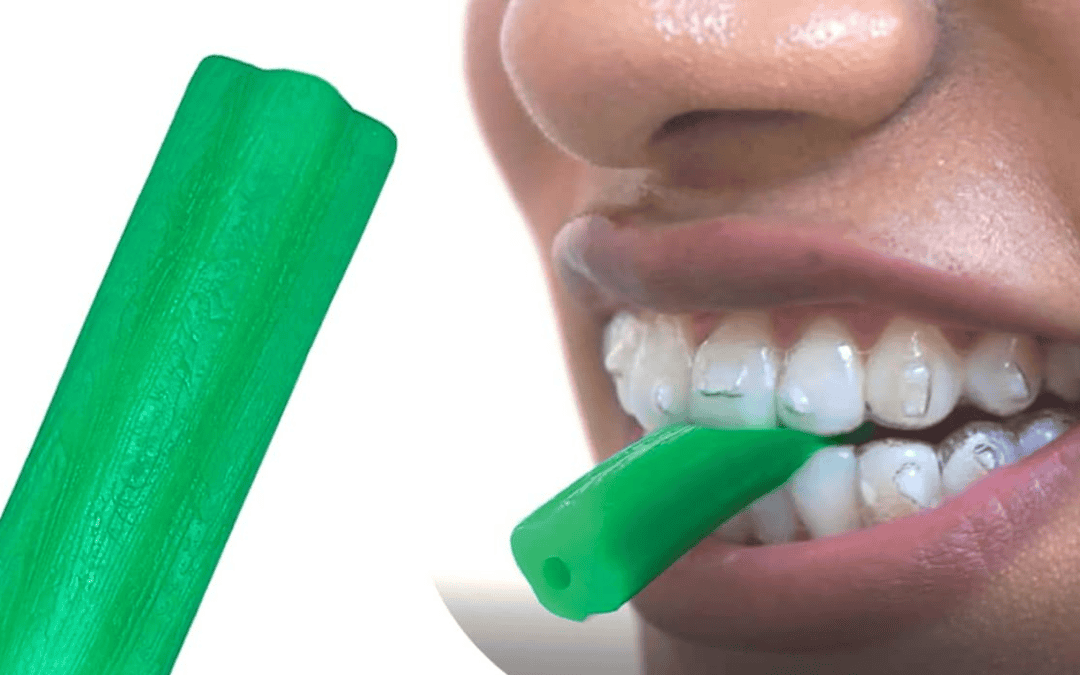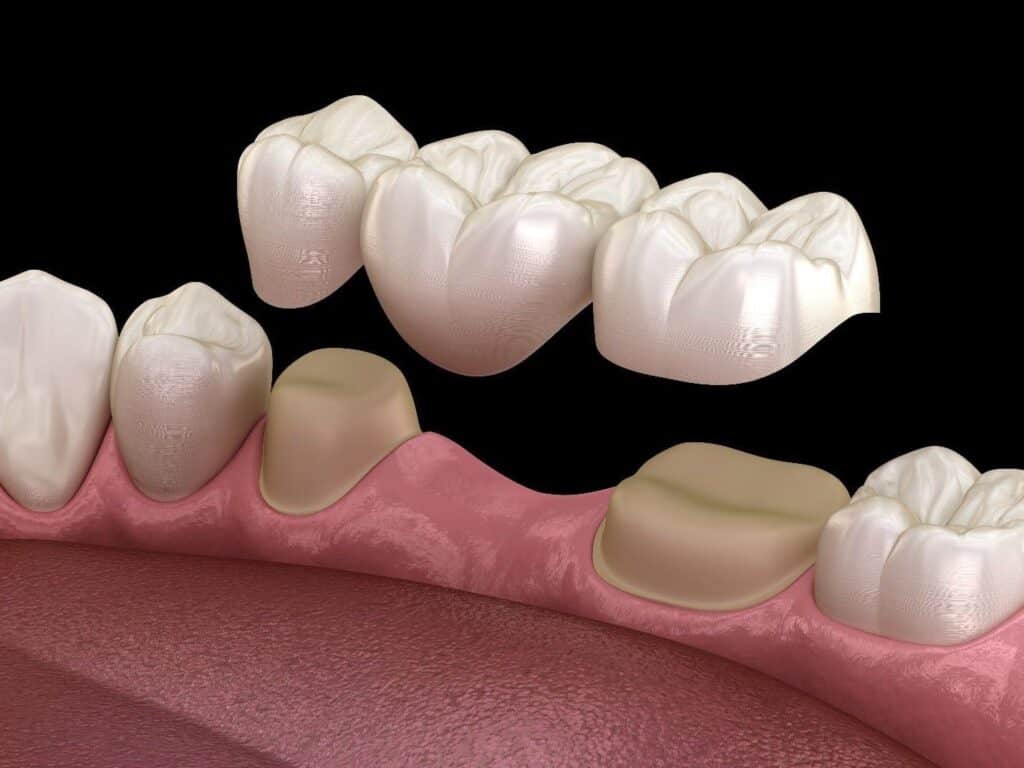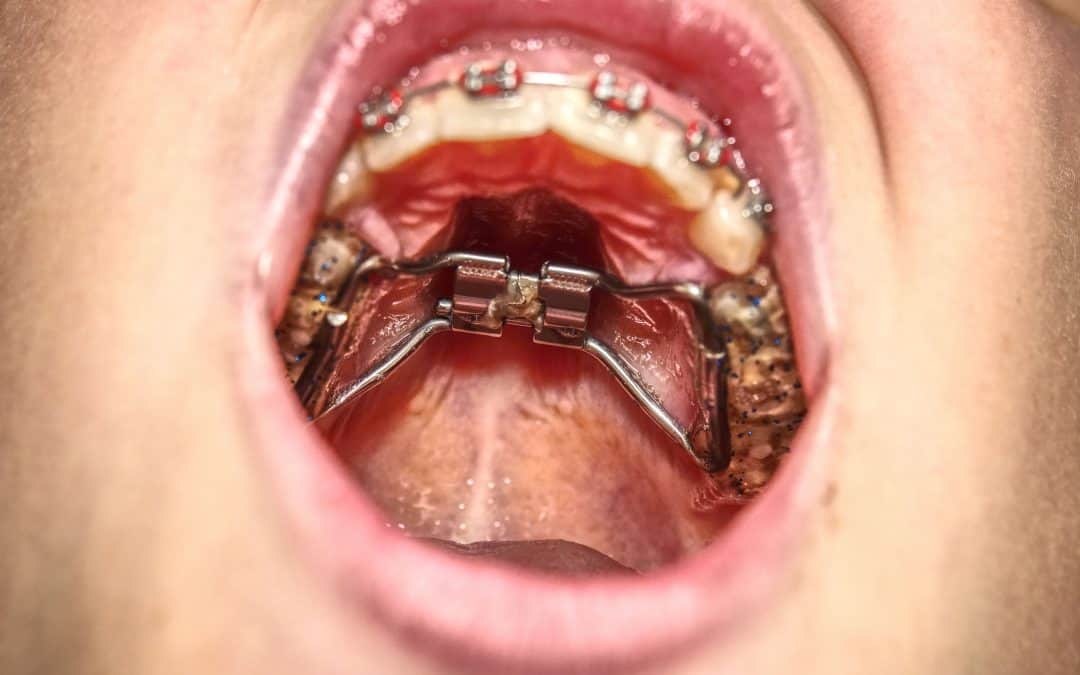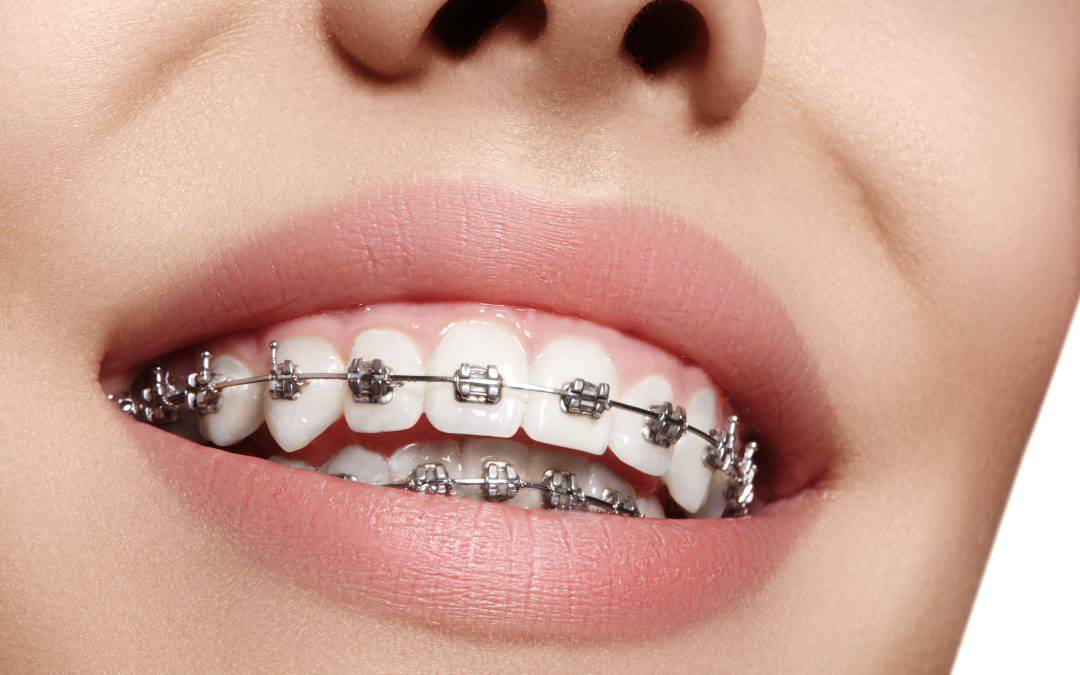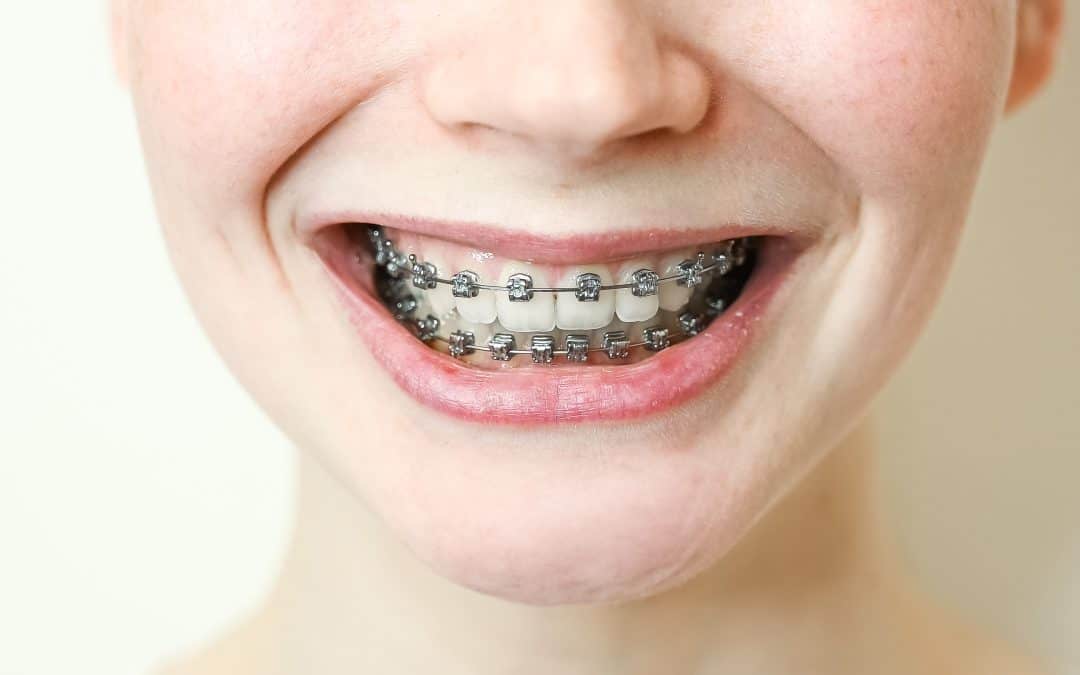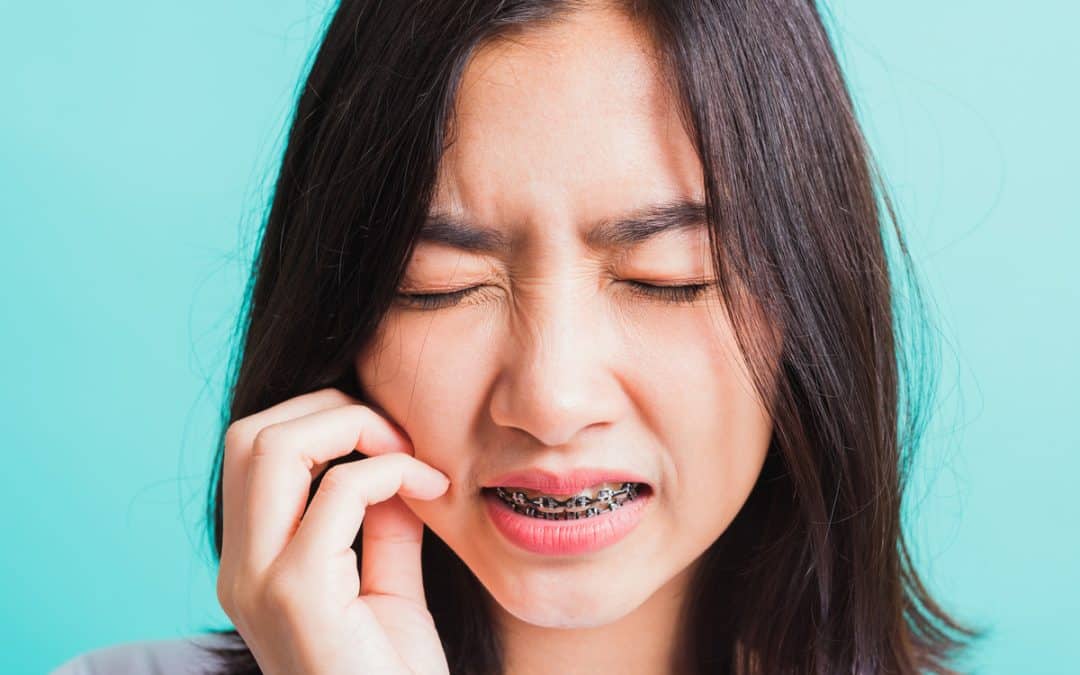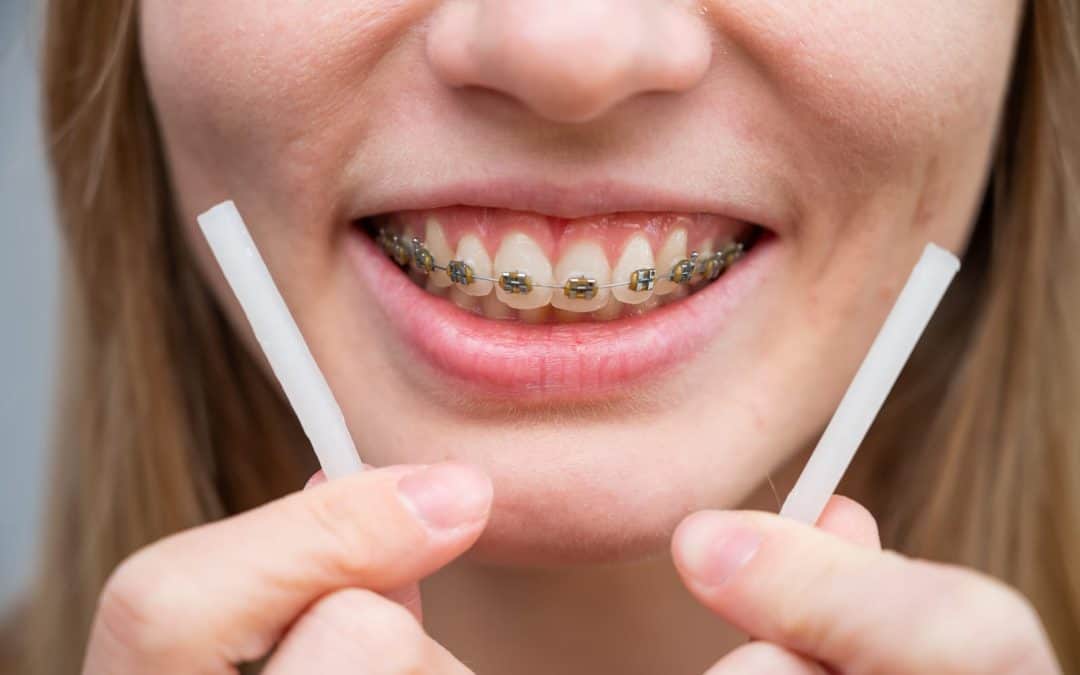Overlapping teeth, also known as dental crowding or malocclusion, are an increasingly prevalent dental issue that affects people of all ages. Though not directly related to customer service, understanding its causes and solutions could provide valuable information about improving smiles and confidence. Have you ever wondered why teeth overlap occurs and how to address it? Here is the answer.
Join Us on This Exciting Journey! We will discover the reasons for overlapping teeth and provide steps toward creating a happier, more aligned smile! So join us on this exciting adventure today, and let’s get going on this incredible adventure together!
Why Do Overlapping Teeth Exist?
Overlapping teeth is a dental phenomenon that should be explored since it can affect people of all ages. So why do teeth overlap? Here is more insight into this problem:
Genetics:
Genetics is one of the primary contributors to overlapping teeth, be it front overlapping teeth or back. If either your parents or grandparents had this condition, chances are high that you’ll also be predisposed. Hereditary traits can influence jaw size and how the teeth fit together – inherited traits could also alter jawbone structure.
Mismatch between Jaw Size and Tooth Size Discrepancies:
One cause of overlapping teeth is an imbalance between jawbone size and tooth size. Suppose your jawbone cannot accommodate all your teeth comfortably. In that case, crowding may ensue, or if they are too big for your jawbone, they could overlap, causing overcrowding.
Early Childhood Habits:
Thumb-sucking or prolonged use of pacifiers during early years may result in changes to the alignment of teeth, possibly leading to teeth overlap later. Therefore, parents must address such habits with their children to avoid dental issues later in life.
Missing Teeth:
Gaps created by missing teeth may also result in the shifting and crowding of adjacent teeth as their neighbors gradually shift into the empty spaces left behind, eventually crowding together in response.
Impacted Teeth:
Sometimes, a tooth does not fully emerge from its gum socket and remains partially or entirely impacted, creating pressure on surrounding teeth that forces them to overlap as they try to find space for themselves. This may force other nearby teeth to shift as they search for room.
Poor Dental Care:
Poor oral hygiene and failing to visit the dentist for regular check-ups can result in various dental issues, including misalignment and overlapping of teeth. When these issues go undetected, they can worsen rapidly, leading to further misalignments of the bite and, eventually, misalignment.
Periodontal Disease:
Gum disease can result in the gradual degradation of supporting bone around teeth, leaving them less stable and potentially shifting, ultimately leading to one tooth over another and misalignments of their roots.
Understanding why your teeth overlap is the first step towards finding a solution, so if this issue concerns you, consult a dentist or orthodontist immediately.
How to Fix An Overlapping Tooth
Now that we understand why overlapping front teeth before and after exist, let’s discuss possible treatments to correct this dental issue. Treatment depends on both the severity of crowding and individual preferences – here are some effective techniques for fixing overlapping teeth:
Orthodontic Treatment:
Orthodontic solutions like braces for overlapping teeth can be an effective means of moving teeth gradually into their proper places, using techniques like overcrowding treatment, aligning teeth to form an attractive smile, or relieving overcrowding. Orthodontists employ these strategies in their practices toto address overcrowding issues and create harmony among smiles.
Dental Extractions:
In cases of extreme crowding, a dentist may suggest extracting one or more teeth to create space for the remaining ones to move into their appropriate positions more freely. Extractions typically follow with orthodontic therapy treatments to further align the remaining ones.
Dental Veneers:
Dental veneers are thin, custom-made shells placed over the front surface of teeth to enhance their aesthetic appeal and address minor cases of overlapped or misaligning teeth. Although typically used for cosmetic reasons, veneers may help minor teeth misalignments or damage.
Dental Bonding:
When used for mild cases of overlapped teeth, dental bonding involves applying tooth-colored resin to reshape and realign them for a more uniform appearance.
Correction by Surgery:
For severe cases of overlapping bottom teeth or front teeth, orthognathic surgery may be needed to address jaw abnormalities and enhance alignment. The surgery can take time and needs the advice of the dentist.
Closing Remarks
Overlapping teeth is due to genetic, developmental, and environmental influences; however, effective solutions exist for treating this common dental issue, such as orthodontic treatment, dental veneers, or surgical correction. Consider that your smile is essential to both your confidence and wellness and taking steps to address overlapping teeth may lead to a happier and healthier you. Feel free to connect with the best dentist to cure the overlapping teeth effectively.



